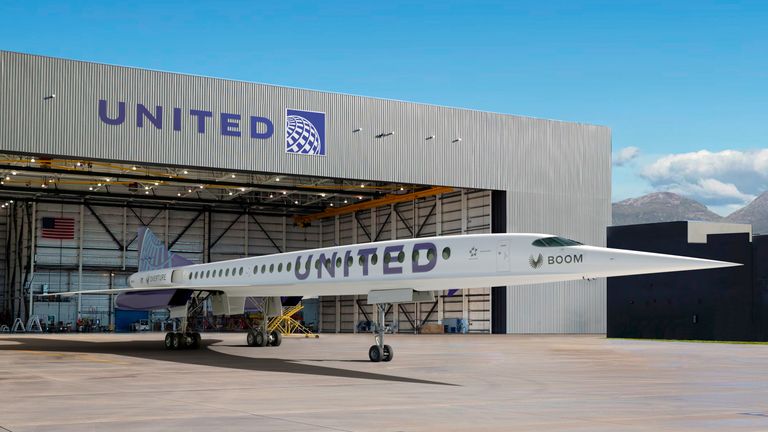
Supersonic flights, once epitomized by the iconic Concorde, have largely disappeared from commercial aviation. This blog explores the reasons behind the cessation of Concorde flights. NASA’s efforts to revive supersonic travel, and the economic viability of future supersonic flights.
Why Did Concorde Supersonic Flights Stop?
The Concorde, which operated from 1976 until 2003, was a marvel of engineering, capable of flying at speeds over twice the speed of sound. However, several factors contributed to its retirement:
- Noise Regulations: The sonic boom produced by the Concorde was so loud that it led to restrictions on supersonic flight over land. This limitation severely restricted its operational routes, confining it primarily to transoceanic flights.
- High Operating Costs: The Concorde was expensive to operate, with ticket prices often exceeding $12,000 for a round trip. This high cost limited its customer base primarily to business travellers, making it less economically viable.
- Environmental Concerns: Growing awareness and concern about environmental impacts, including noise pollution and fuel consumption, contributed to the decline in demand for supersonic travel.
- Market Changes: After the 9/11 attacks, the aviation industry faced significant downturns, leading to reduced demand for premium travel options like the Concorde.
NASA’s Role in Reviving Supersonic Travel

NASA is actively working to address the challenges that led to the downfall of supersonic commercial flights. Their current project, the X-59, aims to develop a supersonic aircraft that minimizes noise pollution. Here are some key aspects of NASA’s initiative:
- Quieter Supersonic Flight: The X-59 is designed to produce a “gentle thump” instead of a disruptive sonic boom, which could potentially allow for supersonic flights over land.
- Data Collection: NASA plans to gather data on public reactions to the X-59’s noise levels, which could inform future regulations and pave the way for commercial supersonic flights.
- Long-Term Goals: The aim is to influence international aviation standards by presenting findings to an international committee by 2031, potentially leading to new sound limits for supersonic travel.
Will Supersonic Flights Be Profitable?
The profitability of future supersonic flights hinges on several factors:
- Ticket Pricing: To be profitable, airlines will need to set ticket prices. It covers the higher operational costs associated with supersonic travel. Experts said ticket prices will remain high due to increased fuel consumption and maintenance costs at supersonic speeds.
- Market Demand: The willingness of passengers to pay a premium for faster travel will be crucial. Unlike current premium services that offer comfort and status, supersonic flights must justify their higher costs with significant time savings.
- Operational Efficiency: Advances in technology, such as those developed by NASA. This could help reduce costs and improve efficiency, making supersonic travel more accessible to a broader audience.
Conclusion
While the Concorde’s era has ended, the potential for supersonic travel remains. NASA’s innovative approaches to noise reduction and efficiency could pave the way for a new generation of supersonic aircraft. However, the economic viability of these flights will depend on balancing operational costs with market demand and ticket pricing.
Read more on Lifetips.blog














